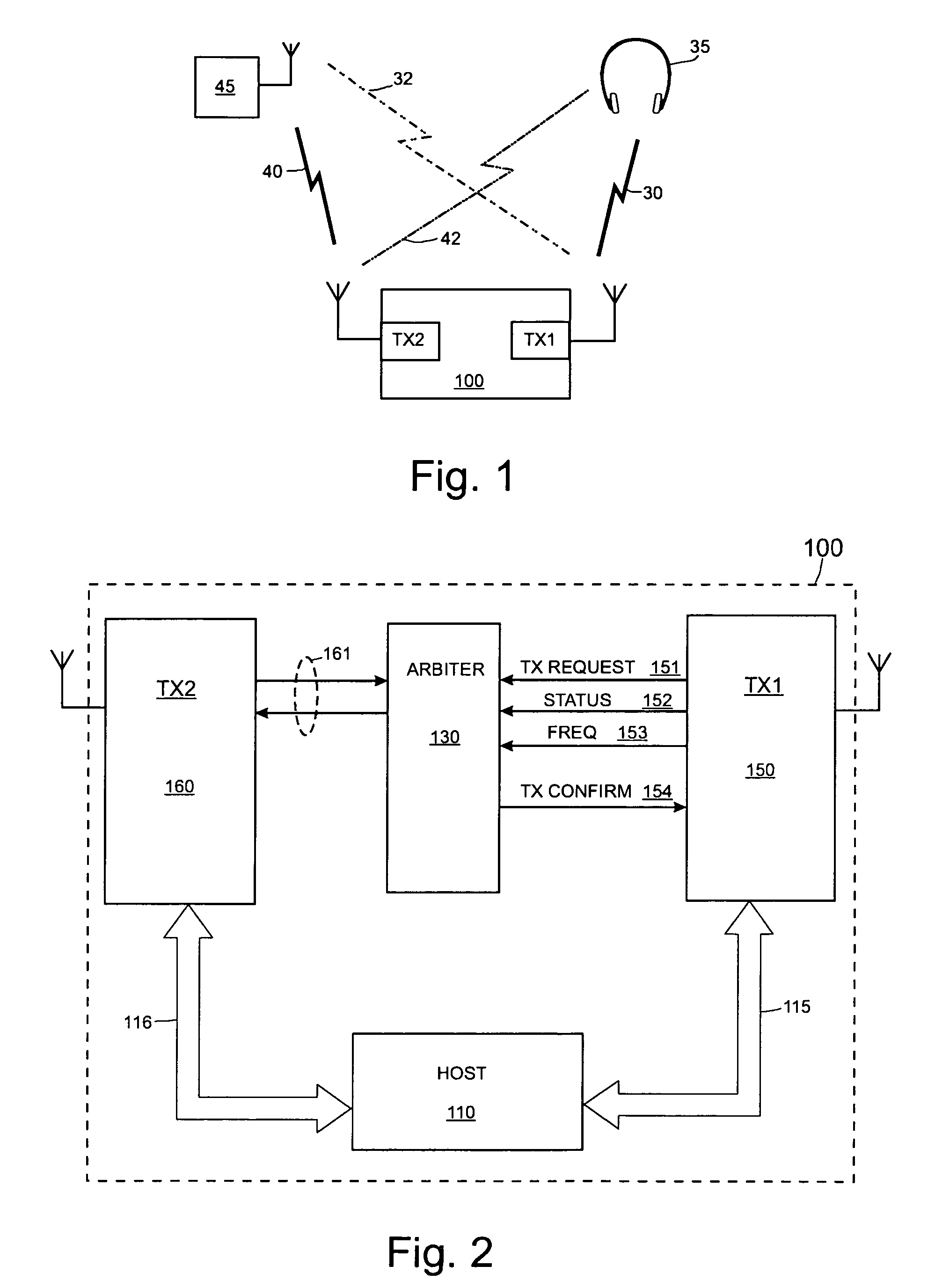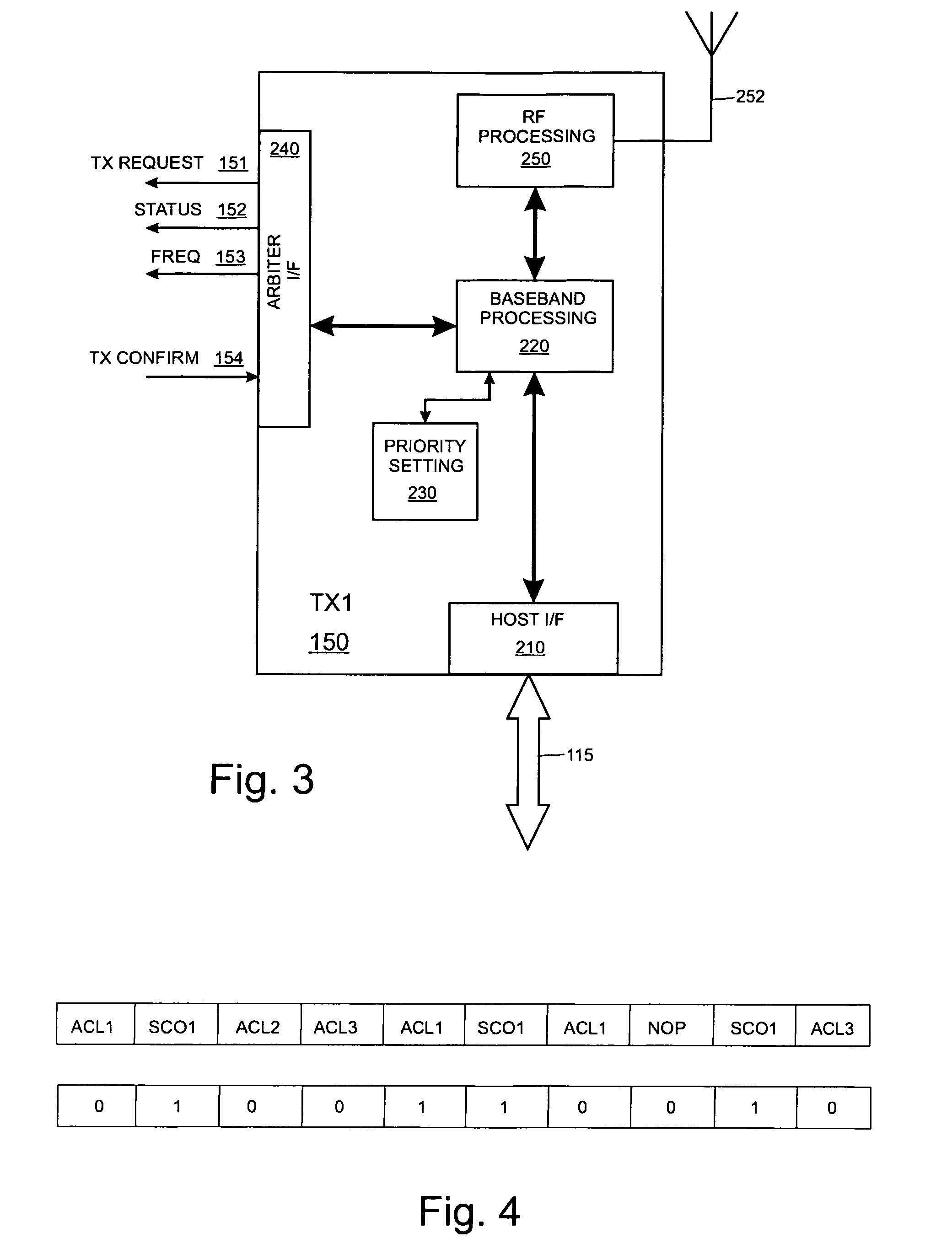Priority setting scheme for a wireless terminal
a wireless terminal and priority setting technology, applied in the field of priority setting schemes for wireless terminals, can solve the problems of increasing the complexity of routing them in the board, severe performance degradation, and increasing the board size, and achieve the effect of greater granularity
- Summary
- Abstract
- Description
- Claims
- Application Information
AI Technical Summary
Benefits of technology
Problems solved by technology
Method used
Image
Examples
Embodiment Construction
[0030]The present invention will now be described with reference to certain embodiments and with reference to the above mentioned drawings. Such description is by way of example only and the invention is not limited thereto. In particular the present invention will be described with reference to radio communications network but the present invention is not limited thereto. The term “wireless” should be interpreted widely to cover any communications system which does not use fixed wireline communications for some of its transmissions. Alternative wireless communications systems include optical systems such as those operating with diffuse infra-red. It should also be noted that the term “wireless” also includes so-called cordless systems. General aspects of cordless communications systems are described for instance in the book by W. Tuttlebee, “Cordless Telecommunications Worldwide”, Springer, 1997. Cordless systems are generally local, uncoordinated radio communications networks havi...
PUM
 Login to View More
Login to View More Abstract
Description
Claims
Application Information
 Login to View More
Login to View More - R&D
- Intellectual Property
- Life Sciences
- Materials
- Tech Scout
- Unparalleled Data Quality
- Higher Quality Content
- 60% Fewer Hallucinations
Browse by: Latest US Patents, China's latest patents, Technical Efficacy Thesaurus, Application Domain, Technology Topic, Popular Technical Reports.
© 2025 PatSnap. All rights reserved.Legal|Privacy policy|Modern Slavery Act Transparency Statement|Sitemap|About US| Contact US: help@patsnap.com



